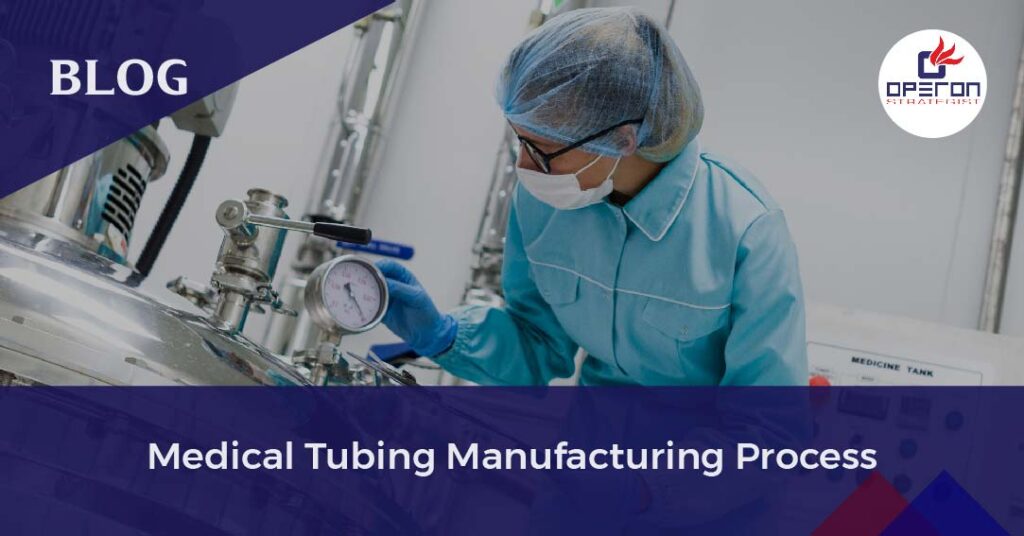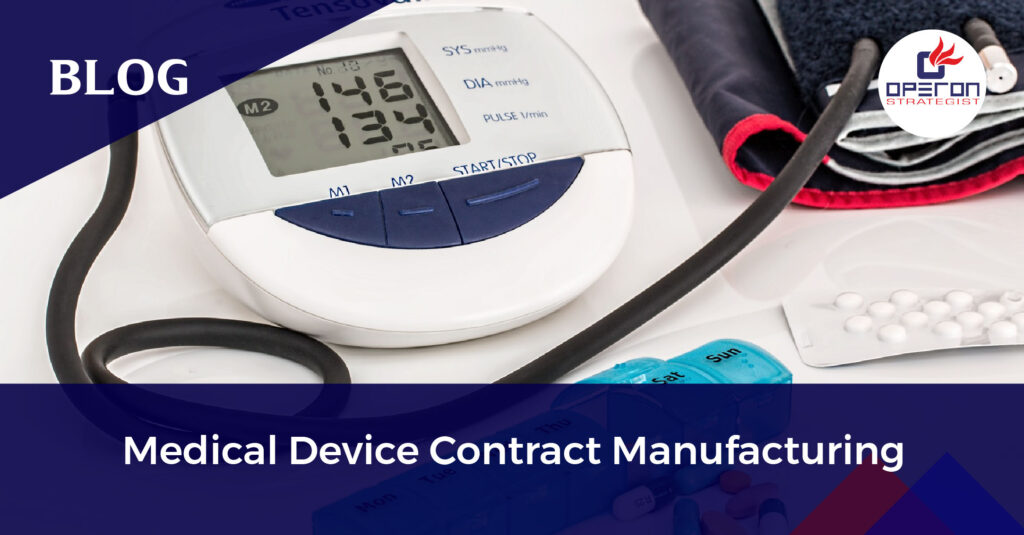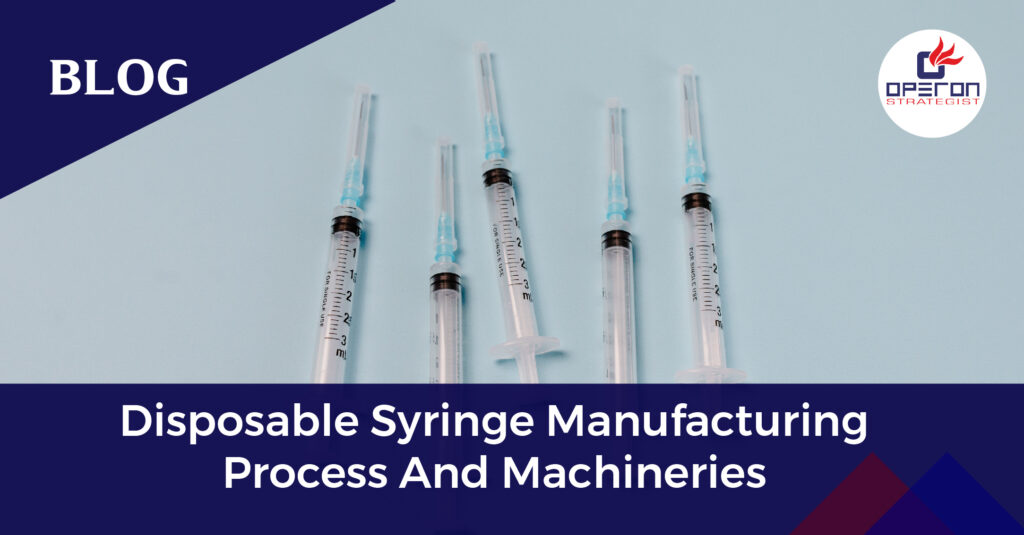Medical Tubing Manufacturing: Precision, Safety & Reliability
Medical tubing isn’t just any tubing—it’s a lifeline in healthcare, used in everything from IVs and catheters to respiratory equipment and lab applications. Designed for fluid management, drainage, and drug delivery, it meets strict safety and quality standards to ensure reliability in patient care. With carefully selected materials and advanced manufacturing processes, medical tubing plays a crucial role in making treatments safer, more effective, and more comfortable for patients.
Explore our Turnkey Project Service.
Looking for Medical Device Regulatory Consultants?
Choosing the Right Material for Medical Tubing
The material used in medical tubing directly impacts its performance and application. Factors like clarity, flexibility, and durability determine its suitability for different medical uses. Clear tubing is crucial for fluid delivery systems, while other features like coiling ability and static resistance enhance functionality. Popular materials include PVC, polyolefin, TPE, TPU, and silicone, with silicone leading the market due to its flexibility, strength, and resistance to extreme conditions. As medical technology advances, high-quality tubing continues to improve patient care and device efficiency.
Regulatory Compliance in Medical Tubing Manufacturing
When it comes to medical tubing, safety and compliance are non-negotiable. The U.S. FDA ensures that all medical tubing meets strict quality and safety standards, making a robust quality management system (QMS) essential for manufacturers. As an ISO 13485 medical device consultant, we help businesses navigate these regulations, ensuring their products are reliable, compliant, and market-ready.
Medical Tubing Manufacturing: Process, Materials & Performance

Medical tubing plays a crucial role in healthcare, ensuring safe fluid management, drug delivery, and medical device functionality. Precision in manufacturing is essential for safety, durability, and compliance with industry standards.
1. Key Manufacturing Methods
Extrusion:
- Polymer resin (PVC, TPE, silicone, etc.) is melted and shaped through an extruder.
- Temperature, speed, and pressure are carefully controlled for accuracy.
Pultrusion:
- Continuous process pulling reinforced fibers through a resin-filled die.
- Produces durable, corrosion-resistant tubing.
2. Material Selection
Silicone – Highly flexible, FDA-approved, and withstands extreme temperatures.
TPE – Blends plastic and rubber properties, ideal for sterile applications.
PVC – The most widely used material, making up 30% of the market due to its versatility.
3. Performance Factors
Pressure Rating – Determines how much pressure the tubing can handle.
Vacuum Strength – Indicates maximum tolerable vacuum pressure.
Bend Radius – Measures flexibility and kink resistance.
Temperature Range – Ensures compatibility with different medical environments.
By using the right medical tubing manufacturing techniques and materials, manufacturers can create high-quality, safe, and reliable tubing for critical healthcare applications.
Get Expert Consulting Services For Medical Tubing Manufacturing Setup
Operon Strategist: Simplifying Medical Tubing Compliance
Choosing the right tubing material is key to safety, durability, and meeting industry standards. Factors like temperature resistance, pressure handling, and chemical compatibility make compliance essential in medical tubing manufacturing.
With 10+ years of regulatory expertise, Operon Strategist helps manufacturers navigate plant setup, documentation, and compliance with FDA, CE, and ISO 13485. We streamline the process, ensuring smooth approvals and keeping you updated on evolving regulations.
FAQs
What are the most critical factors in choosing materials for medical tubing?
The selection of materials depends on the intended application, required flexibility, chemical resistance, and biocompatibility. Factors like sterilization method compatibility and regulatory compliance also play a major role.
How does the extrusion process work in medical tubing manufacturing?
Medical tubing extrusion involves melting medical-grade polymers and shaping them into tubes through a specialized die. This continuous process ensures uniform wall thickness, precise diameter, and consistent quality.
Is cleanroom manufacturing necessary for medical tubing?
Yes, cleanroom conditions are essential to prevent contamination. Most medical tubing is produced in ISO Class 7 or Class 8 cleanrooms, ensuring it meets sterility and safety standards required for medical applications.
- adminhttps://operonstrategist.com/author/admin-2/
- adminhttps://operonstrategist.com/author/admin-2/
- adminhttps://operonstrategist.com/author/admin-2/
- adminhttps://operonstrategist.com/author/admin-2/




